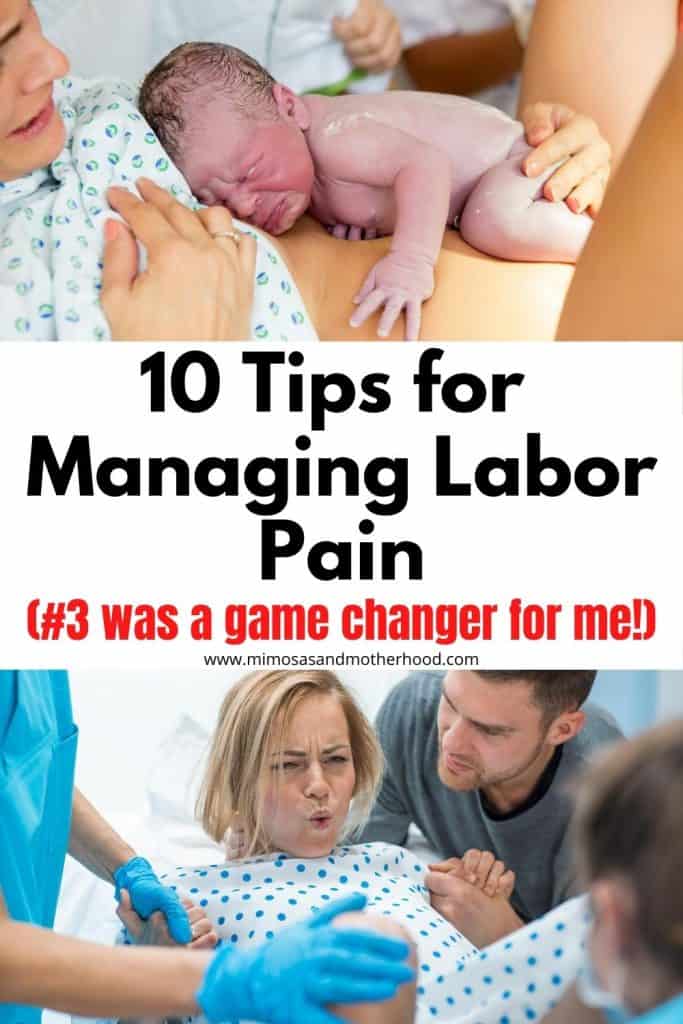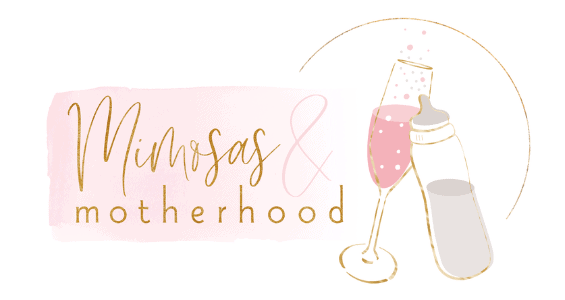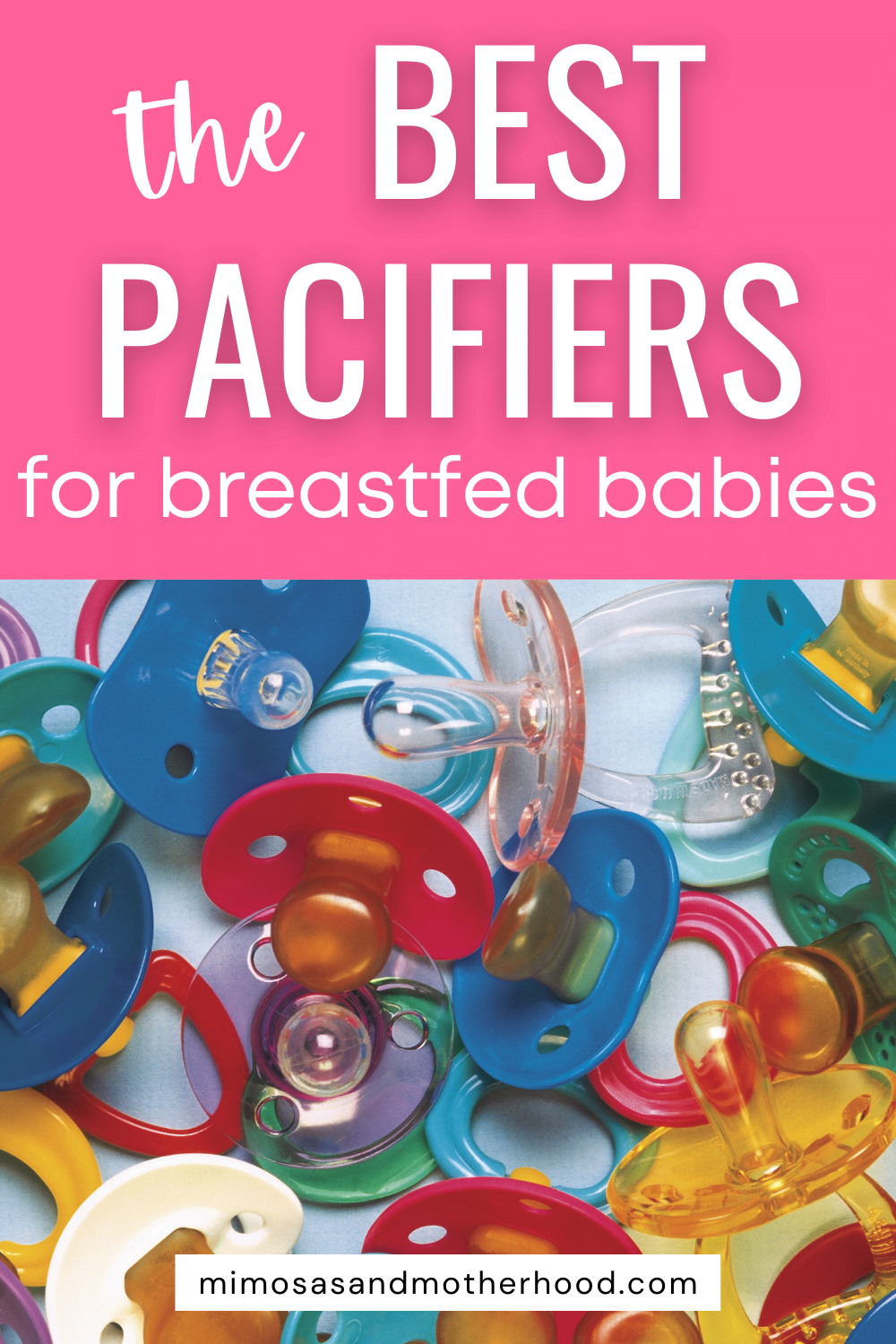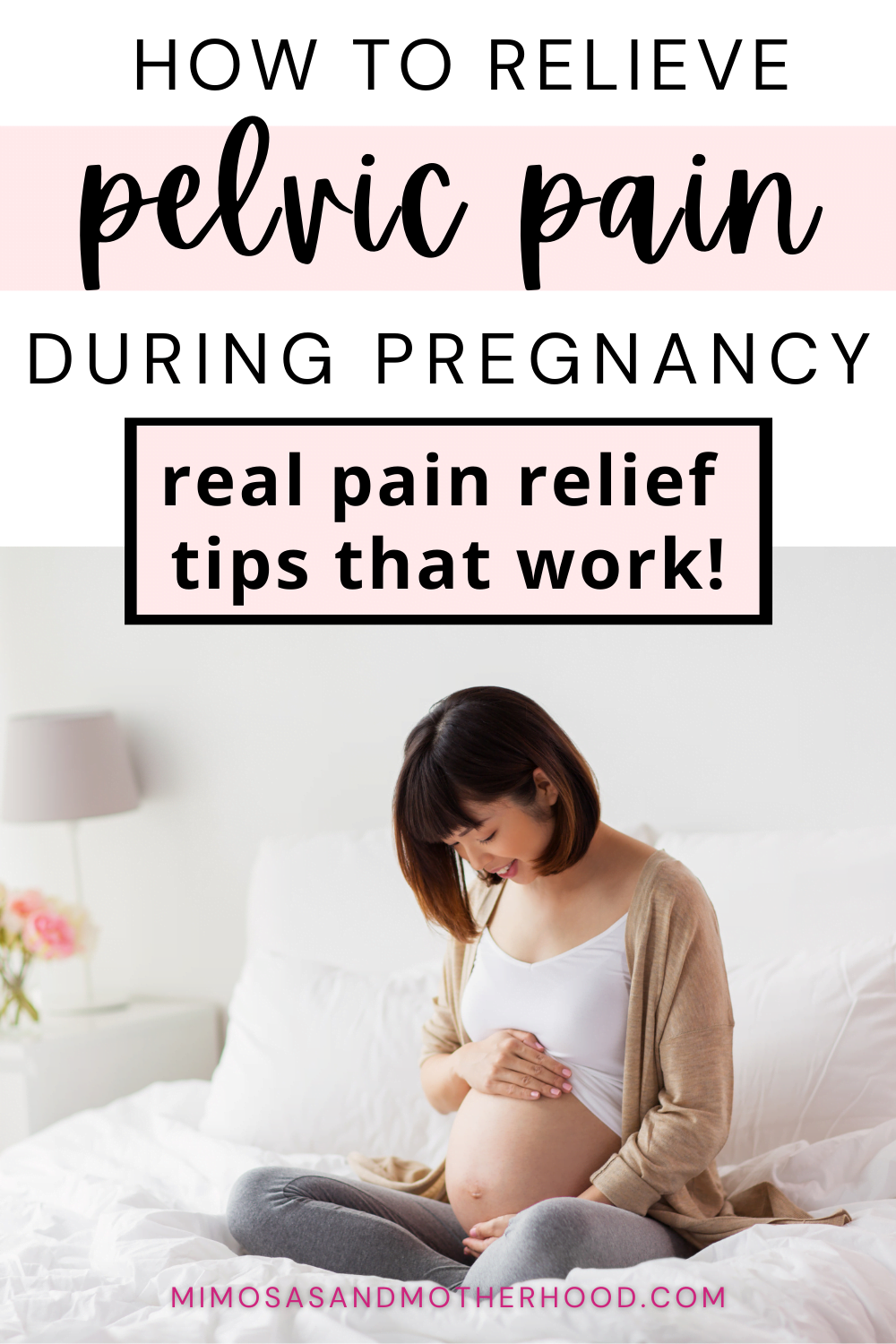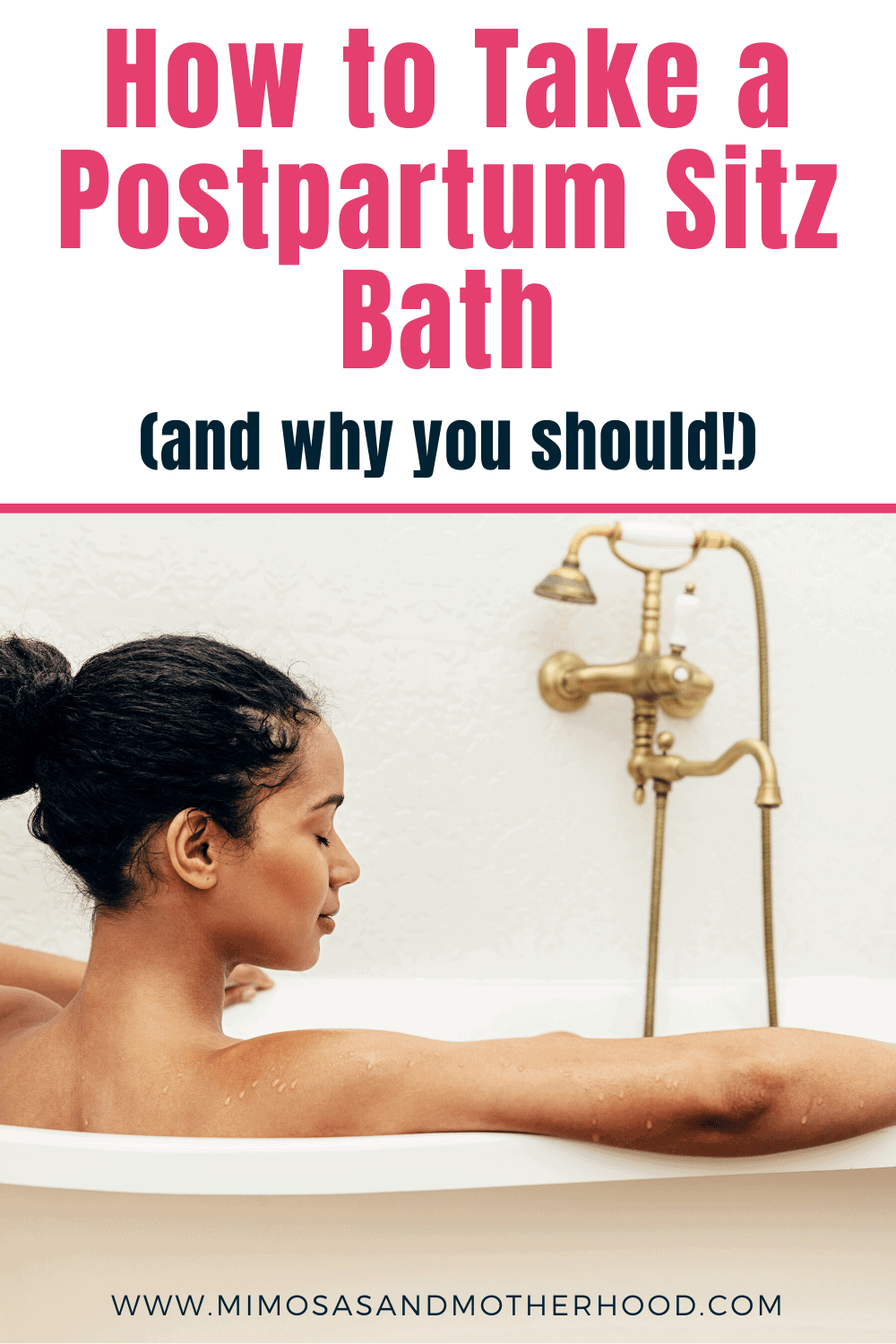How to Reduce Labor Pain During Natural Childbirth
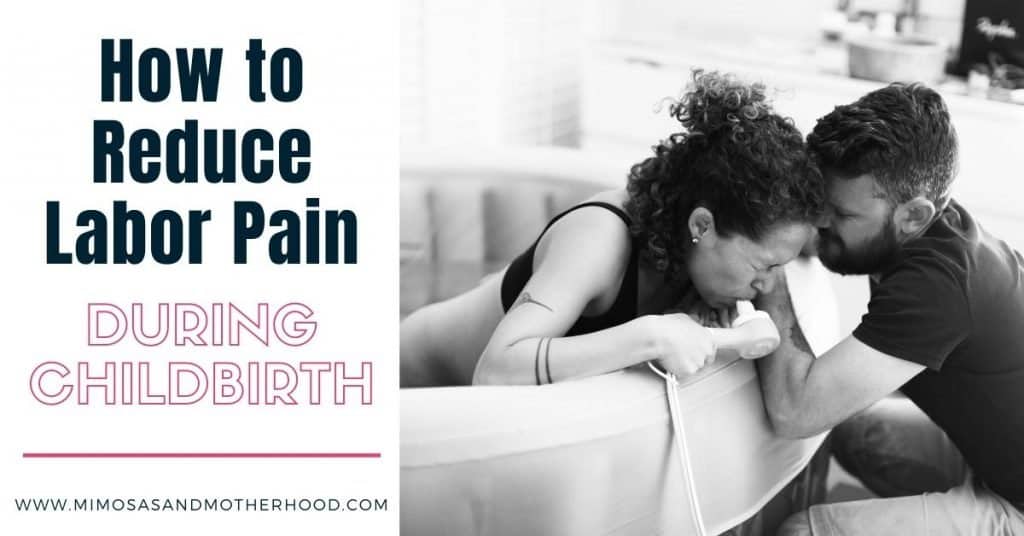
When I found out I was pregnant, I wasn’t sure I wanted to go the natural birth route. Honestly, it sounded a little scary! But as my pregnancy progressed, I knew that I wanted to at least give natural childbirth a try. After two natural childbirths, I can share with you the real things that helped to reduce labor pain during natural childbirth.
I had this idea in my head with my first childbirth that the pain of labor was blown out of proportion. I mean, women have been doing this for thousands of years, so it couldn’t be that bad… right?
Boy, was I wrong.
I am so grateful that my husband and I took multiple birthing courses to prepare for our natural childbirth, because it was NOTHING like I had expected. My first labor was 45 hours long, with nearly 24 of those hours spent managing back labor and active contractions with a very stubborn little boy who didn’t want to come out.
For my second child, I thought for sure this time would be the easy, breezy labor that you see in the movies. Nope! This time was incredibly fast, but just as painful as he needed a little help making his way out.
Was it painful? Absolutely. Was I able to do it both times? Yep! So how was I able to have two natural childbirths? I prepared in advance for the experience and the pain.
Note: Some links may be affiliate links. That means I may make a commission if you use my links to purchase, at no extra added cost to you! I only recommend products that I personally love and believe in. Full disclaimer here.
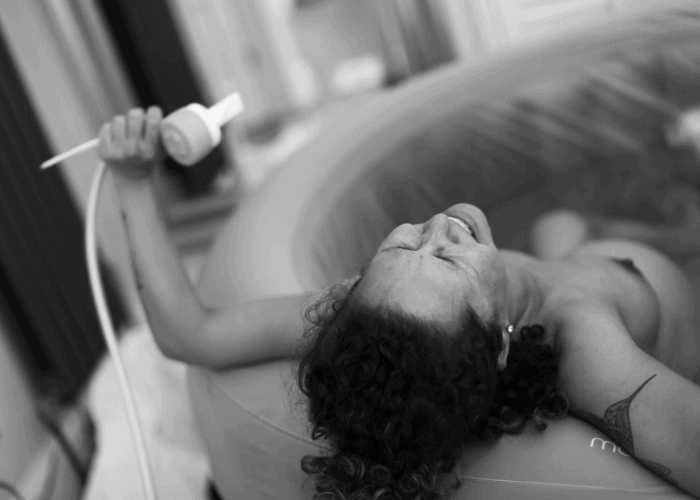
How to Reduce Labor Pain
There are a few things that I personally found incredibly valuable when preparing for my natural childbirth. Here are some great resources and tips to help make YOUR natural childbirth easier!
1. Prepare in advance by taking a birth education class on childbirth information and labor management techniques
From navigating two extremely different childbirths, I can tell you that knowledge is truly power when it comes to birth in general.
There’s no way around it: labor is painful. With the pain of labor comes a rollercoaster of emotions as well. One of the most powerful things you can do to help equip yourself for a successful natural childbirth is to take a natural childbirth education class.
You can find in-person options in your own area, or you can also seek out information through online courses!
You can look for classes in your area, or there is also an excellent and super informative class online called the Mama Natural Birth Course. It’s 100% online and on-demand, so you can take it at your own pace. You can repeat modules if needed, and if time is an issue, you could do the whole course in a weekend.
This course is seriously amazing and full of SO MUCH information that you are probably already searching for when it comes to having a healthy pregnancy and smooth natural childbirth.
Not only do they take you through everything you need to know about labor and delivery, including fantastic pain management techniques, this incredible course also has practice videos for you and your partner (which is one of the best ways to practice what you’re reading before it’s go time), natural childbirth videos (so you can see what your birth might look like), special trainings for VBAC birth, a private Facebook group where you can connect with other moms to be (moderated by a certified doula) AND access to a breastfeeding master class!
I highly, highly recommend taking a course like the Mama Natural Birth Course if you want to equip yourself with the tools and education needed to have a smooth natural childbirth.
They also offer a free pregnancy week-by-week email series if you want to get a taste of what to expect. Sign up for the free pregnancy week-by-week email series here.
2. Read natural childbirth books for even more insight
If you enjoy reading, there are a few really amazing books I recommend checking out. I actually bought both of these with my first childbirth, and they are game changers!

With more than thirty years of experience, Ina May Gaskin is known as the nation’s leading midwife and advocate for natural childbirth. This book is full of positive natural birth stories, and is one of the reasons I love it so much. Ina May also includes some fantastic information on the mind-body connection and the power that can have during your own birth.
Order Ina May’s Guide to Childbirth here.

Natural Childbirth the Bradley Way
This book is considered the classic guide to an unmedicated childbirth. It includes information, illustrations and photos throughout that provide a really great resource as you learn about natural childbirth and pain management techniques.
Order Natural Childbirth the Bradley Way here.
Both of these books are full of powerful information, tips, techniques and real stories of natural childbirth. I highly recommend both of them.
(While both of these books are great, they don’t replace the value of a birthing course like the Mama Natural Birth Course. It covers topics much more in depth than these books do, but they are still incredibly valuable from the standpoint of preparing yourself mentally for childbirth!)
Related: Postpartum Healing After Vaginal Birth, Breastfeeding Tips for First Time Moms
3. Consider hiring a doula
A doula is someone who has had training as a labor coach and helps assist during labor and delivery. Doulas really offer you a wide variety of support tailored to what you personally need and want for your pregnancy and delivery. They have a huge amount of knowledge of what is going on with your body during pregnancy, give you emotional support throughout pregnancy, and coach you through labor and delivery.
A doula is a part of your birth support team. She is there to not only help you manage the pain physically, but to also help you manage the pain mentally and emotionally. She also serves as an advocate if needed in a birth situation, to make sure that your voice is heard in decision making. Your doula is also skilled in helping to reduce labor pain.
I know without a doubt that I was successful with both of my natural childbirths because of my amazing doula. To learn more about what a doula is and what she does, read about my experience here: What is a Doula? The Benefits To Hiring a Doula for Childbirth

4. Create a flexible birth plan
The keyword here is flexible. I don’t know a single mama whose childbirth journey went exactly the way she had planned.
I’m not saying that you shouldn’t remain firm on your desire to have a natural childbirth. But what I am saying is that it’s important to listen to the members of your care team, too.
I wanted to give birth in a tub. Both times it wasn’t possible because of how my boys were positioned. My birth team were the ones who helped me understand that.
You might end up having to be monitored constantly, or need to receive an epidural. Things will happen during your childbirth that you for sure didn’t see coming. The important thing is to mentally prepare in advance that things might change and your birth plan might not go 100% to plan. And that’s ok!
By preparing yourself in advance to roll with the punches and just focus on making sure that sweet baby is doing great, you’ll be much less frustrated, stressed and disappointed if things change.
5. Labor at home as long as possible
Laboring at home for as long as possible is one of the best things you can do to help reduce labor pain.
When you arrive at the hospital, many times the clock starts ticking for the staff there. It’s not unusual for some OBGYN’s to have a hard stop of how long they feel comfortable with you laboring without delivering. Their #1 job is to get that baby out safely, even when our bodies might not be speeding up quite fast enough.
By spending your early labor at home, you are not only more comfortable but you help minimize that element of stress. You can labor however makes you feel as comfortable as possible. Many times that becomes more challenging at the hospital.
Make sure you communicate with your medical team in advance about your desire to labor at home during early labor. And most importantly, listen to your body!
With my first child I labored at home for more than 24 hours before we entered active labor and my water broke. With my second my labor didn’t start until my water broke, and my son was born less than 5 hours later!

6. Find something to focus on during your labor pains
Find something to help you through each contraction. Whether it’s a mantra, positive affirmation or even just a spot to focus on across the room, figuring out that piece of your pain management is essential.
I’ve heard of women putting an ultrasound picture of their little one in view to help them stay focused while breathing, or even reciting the ABC’s!
The most important part is to find something that will help you focus and breathe.
7. Move around and try laboring in different positions
Trying different positions during labor can help with your pain level. If you’re able to move around easily, try laboring in different ways.
I labored in the shower, on the toilet (which I know sounds weird but so many women swear by it!), laying in bed, on all fours and in a birthing tub. Changing position not only helps baby make his way down, but can also help alleviate pain and pressure.
You also don’t have to be hooked up to an IV unless it’s medically necessary (such as receiving an epidural or needing medication). I didn’t have an IV with either of my children. If you don’t want one be sure to talk to your medical team in advance about your options!
8. Use a birthing ball
There are a few birthing tools that seem to make a difference for most women when it comes to helping to reduce labor pain, and one of these is a birthing ball. A birthing ball is basically a large yoga ball, and it can help make labor so much more comfortable.

There are also specific positions you can utilize your birthing ball with to help alleviate the pain and pressure of labor. With both of my childbirths I labored on a birthing ball. It was a big help for me with back labor with my first, and with the speed of my second.
If you want to use a birthing ball during delivery, I actually recommend buying your own! Not only is a birthing ball great during active labor, but it’s also helpful for preparing your body in the weeks and months before childbirth.
You can check out some affordable birthing balls here.
How to Reduce Back Labor Pain
For many women, childbirth pain can take on a whole new level if you experience back labor. If you’re unfamiliar, back labor is intense lower back pain that many women experience when they’re giving birth. Back labor is thought to be more common when baby is “sunny side up,” or facing your abdomen during labor, and this intense pain is usually caused by the pressure of your baby’s head against your lower back.
While back labor can be excruciating, there are a few ways that can help reduce back labor pain.
Try a new position.
If your back labor is feeling especially intense, try getting up on all fours, standing and leaning forward or using an exercise ball. Moving around can also help baby with rotating and moving during birth.
Have your back massaged
Ask your labor coach or support person to massage your back
Ask your support person to apply counterpressure
Counterpressure was one of the things that helped me the most during my back labor. As your labor partner to apply steady pressure with their hands or fists on your lower back (or wherever feels best). You can also try rolling a tennis ball around your lower back
Try getting into the shower or birthing tub
Many women find the warm to help reduce back labor pain. If you don’t have access to warm water, try using a warm compress or bottle on your lower back instead. If heat doesn’t help, see if cold packs are what your body needs instead.
Move your body.
Push yourself to walk through your contractions or try pelvic tilt exercises or hip rotations.

Multiple Techniques Can Help Reduce Labor Pain
Giving birth is an incredibly emotional experience. You want to have a support person there with you who is cheering you on and breathing belief into you! If you want that person to be your partner, be sure you are on the same page about what you want your birth to look like.
Ask them to take the birth education classes with you, read the books and come with you to your appointments. If you don’t have a supportive partner, this is where a doula can really come into play mentally and emotionally.
And most importantly, believe in yourself. Believe in your ability to have your baby the way that you want to. Prepare through childbirth education classes (like the Mama Natural Birth Course), and trust that your body knows what to do.
Keep your perspective. As weird as it sounds, try to remember that contractions are only temporary. The pain is temporary. Each contraction brings you that much closer to meeting your baby!
You can do this. You CAN give birth naturally. By giving yourself the tools you need to be successful, you can absolutely help reduce labor pain during it.
